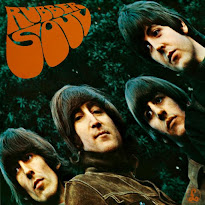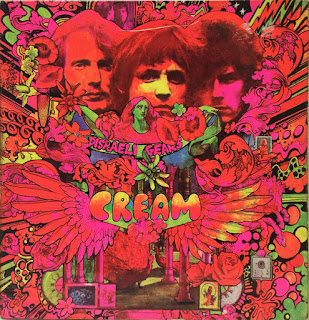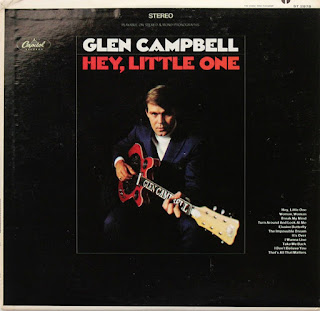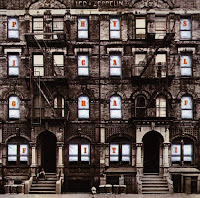My Sons - In My Life

#15 In My Life – The Beatles 1965 At 14, I probably couldn’t appreciate the full impact of The Beatles’ recording, “In My Life.” Released late in 1965 on the groundbreaking album, Rubber Soul , I probably asked for it as a Christmas or birthday present and then retreated into my room to play it over and over. It was my first year in high school, my parents had been divorced for a couple of years, and my happiest times were in my room, or playing my drums or the piano, or sitting in English class. My mother and I had reconciled after she left us, and we were developing the relationship I described yesterday in “Bridge Over Troubled Water.” Things were about as stable as they could be in a teenager’s life. According to the stories, both John Lennon and Paul McCartney were working individually on songs about their childhoods. Lennon had worked on something he ended up hating, noting people and places he used to pass on his usual bus route, and he decided to write about generalities. Event








